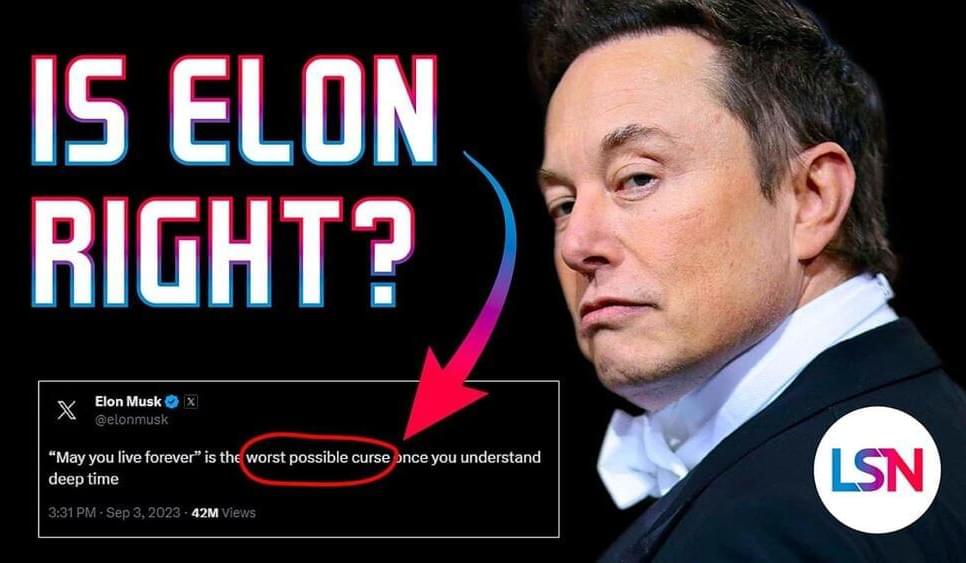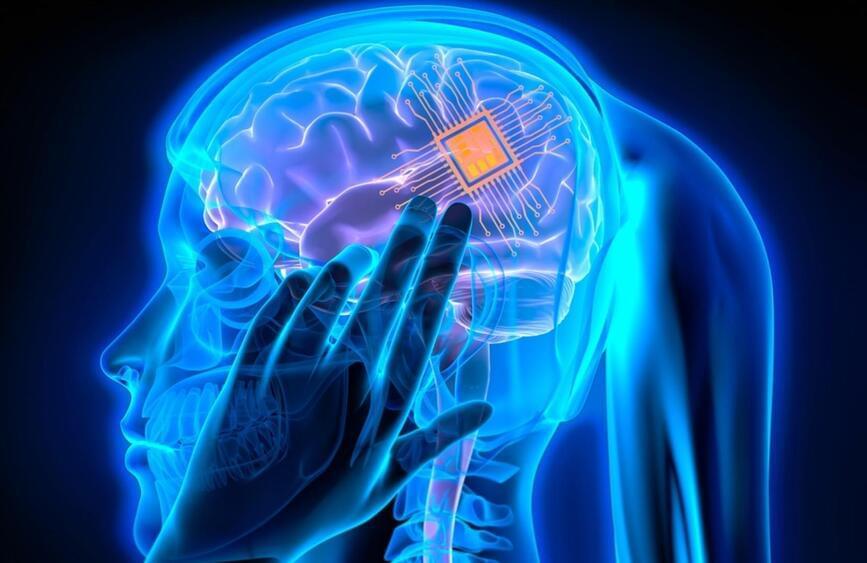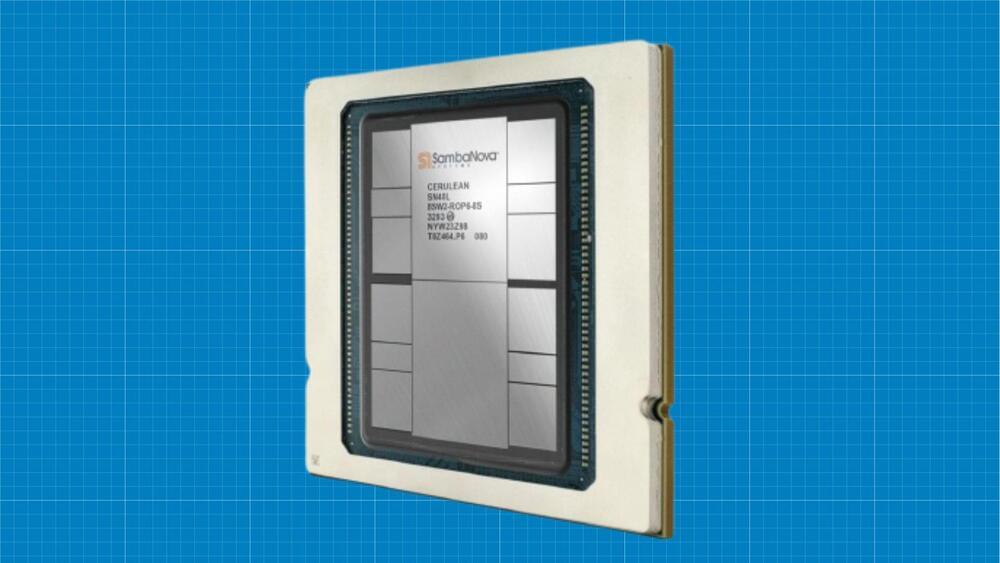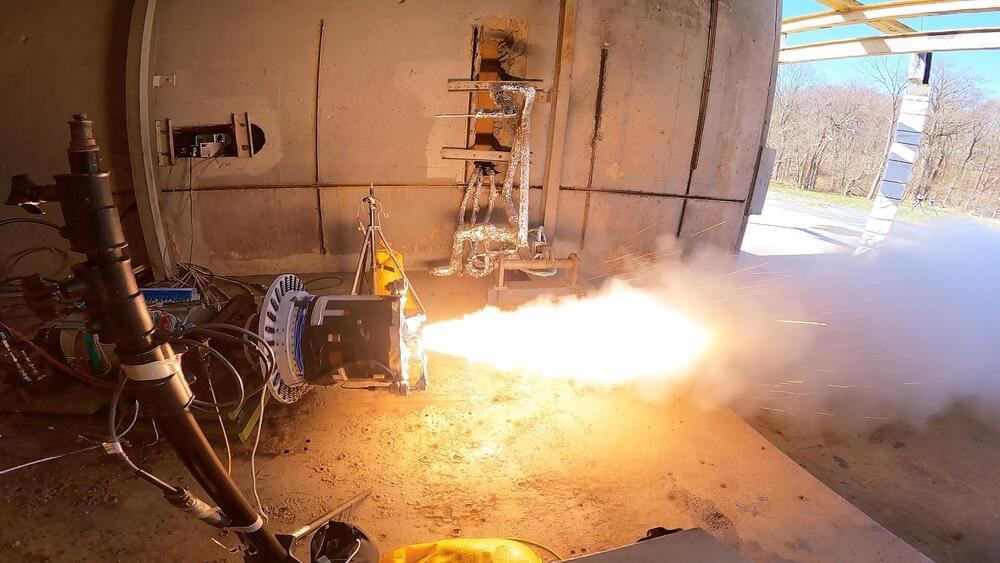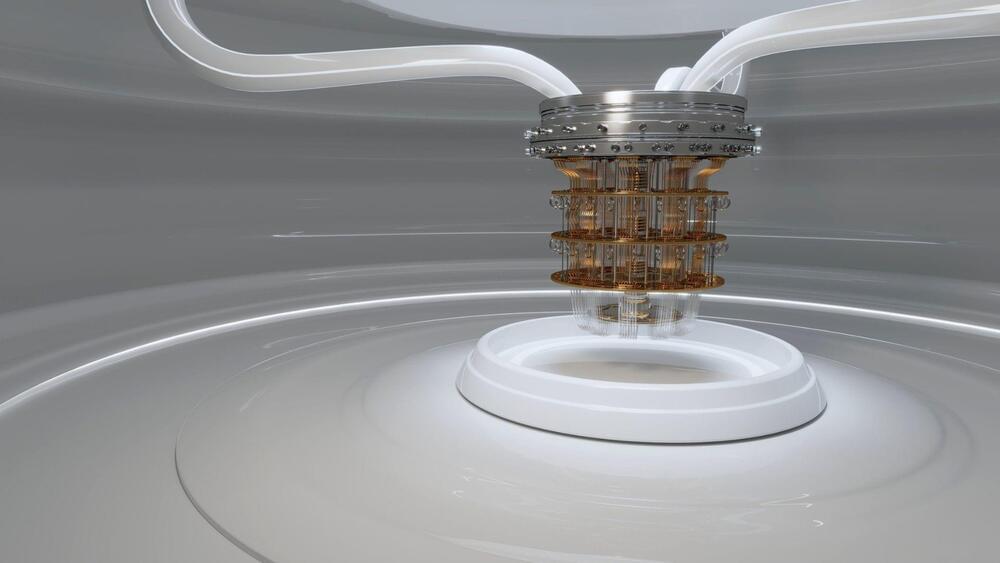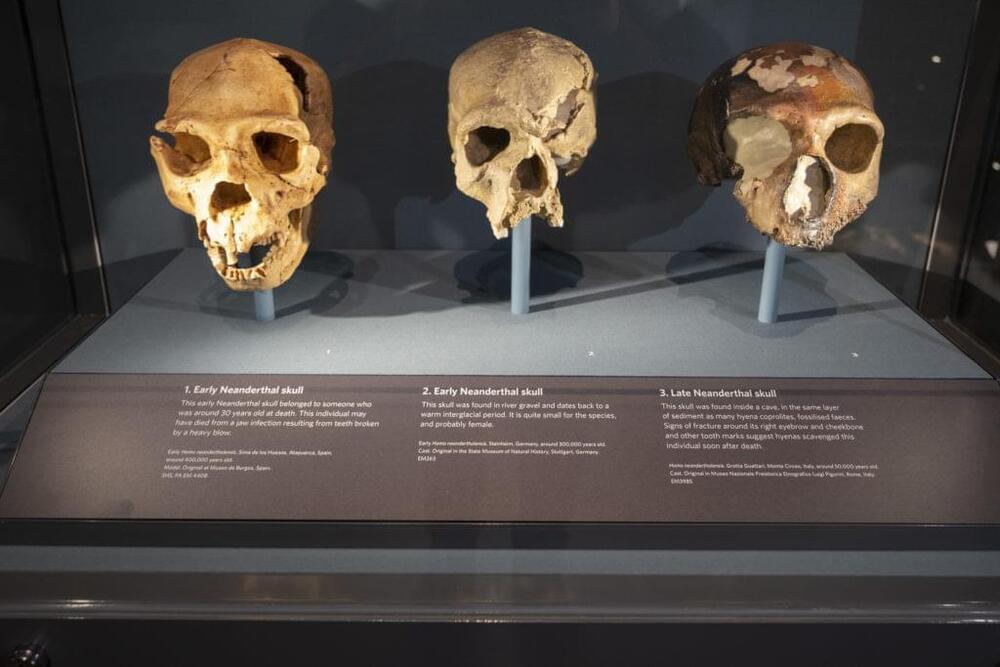Get a 7-day free trial and 25% off Blinkist Annual Premium by clicking here: https://www.blinkist.com/coolworldslab.
A faster-than-light (FTL) warp drive would arguably represent the most important invention of all time. In 1994, Miguel Alcubierre gave all of us hope as he found a solution within general relativity that would cause the necessary warping of space. But after nearly 30 years of further study, what does our current understanding of physics say about the feasibility of a warp drive?
Written & presented by Prof. David Kipping. Thanks to Bobrick Martire for clarifications and to John Michael Godier and team for audio from their interview with Alcubierre (https://youtu.be/JafY92PhgKU). Thumbnail image by Zamanday Yolculugunu (www.zamandayolculuk.com)
→ Support our research: https://www.coolworldslab.com/support.


